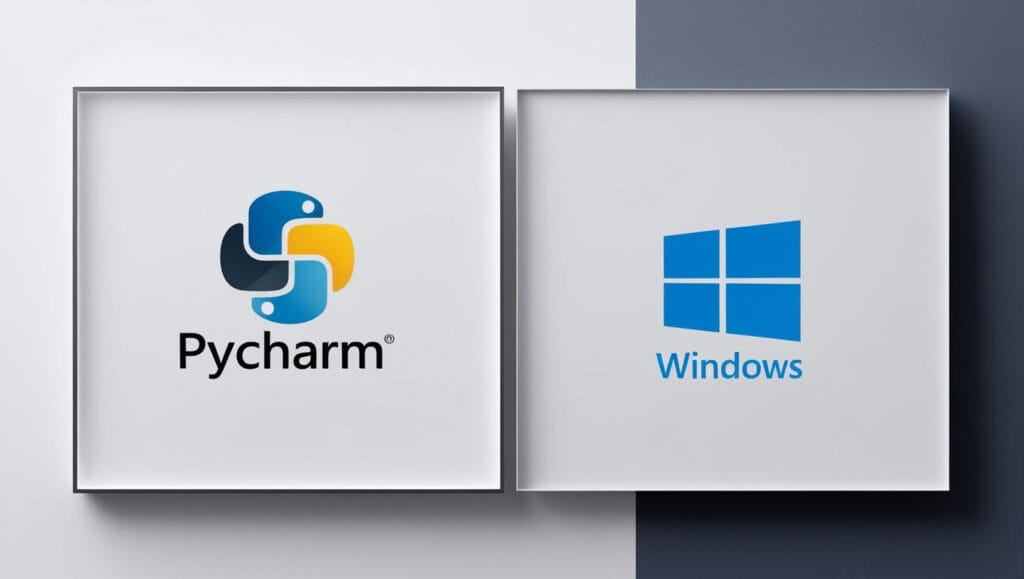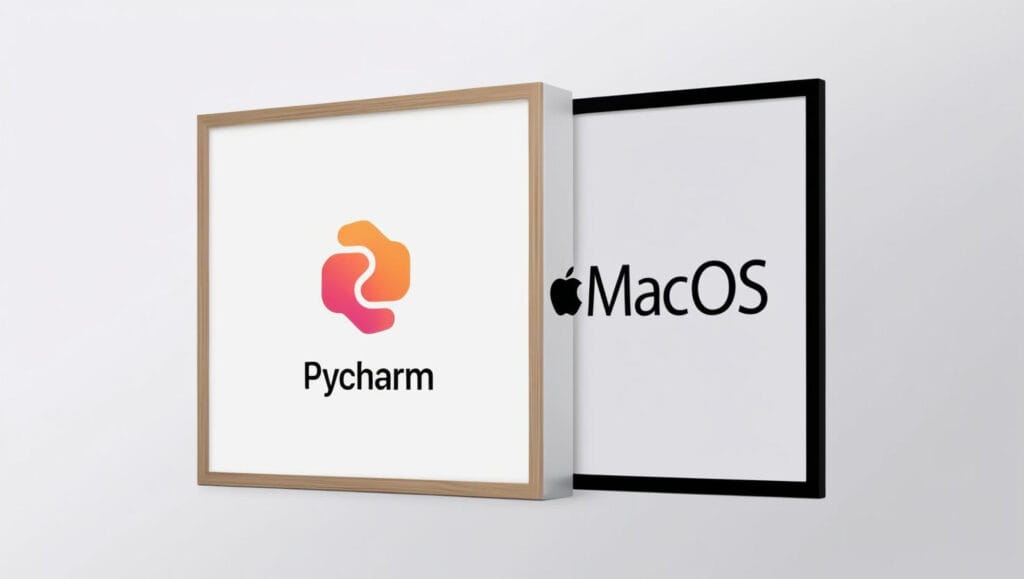- Python Features
- Python Installation
- PyCharm Configuration
- Python Variables
- Python Data Types
- Python If Else
- Python Loops
- Python Strings
- Python Lists
- Python Tuples
- Python List Vs Tuple
- Python Sets
- Python Dictionary
- Python Functions
- Python Built-in Functions
- Python Lambda Functions
- Python Files I/O
- Python Modules
- Python Exceptions
- Python Datetime
- Python List Comprehension
- Python Collection Module
- Python Sys Module
- Python Decorator
- Python Generators
- Python JSON
- Python OOPs Concepts
- Python Numpy Module
- Python Pandas Module
- Python Sqlite Module
PyCharm Installation for Windows OS:
To install PyCharm on a Windows system, first ensure your computer meets the necessary system requirements, including running Windows 10 64-bit or later and having an active internet connection. Begin by downloading the latest version of PyCharm from the official JetBrains website: here Once the download is complete, run the installer and follow the on-screen instructions to complete the installation process. After installation, launch PyCharm, create a new project, and ensure that the appropriate Python interpreter is selected to start your development work.

PyCharm Installation for MacOS:
